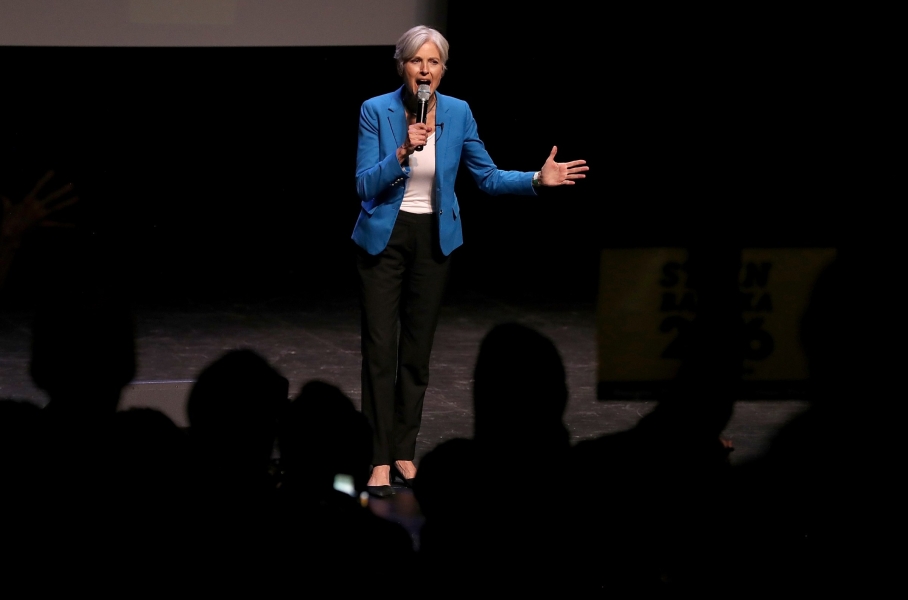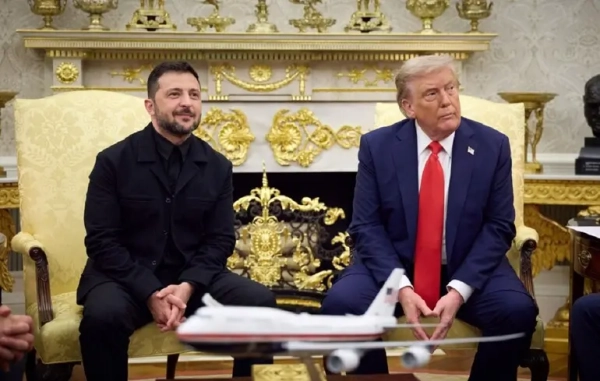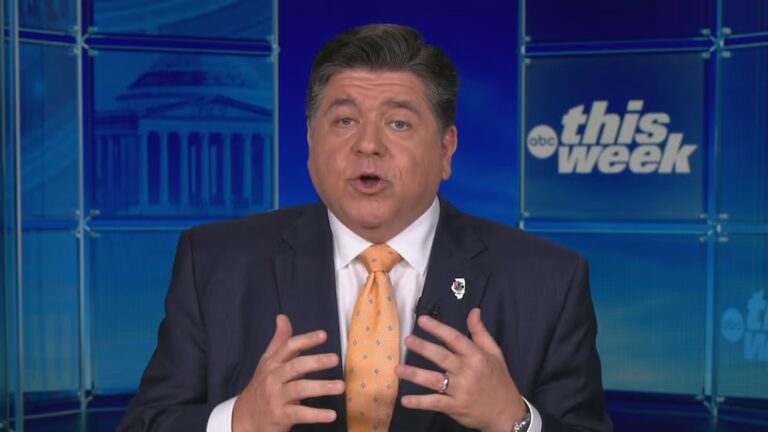
Editor’s note, September 20, 10:30 am: The Supreme Court denied the Green Party’s request to be placed back on the Nevada ballot. No justice publicly announced their dissent, and the Court did not explain why it ruled the way it did. The original story, published September 18, follows.
Earlier this month, Nevada’s Supreme Court ruled that the Green Party must be removed from that state’s 2024 ballot because of a paperwork error.
Nevada law requires people who collect petition signatures seeking to place a “minor party” on the ballot to “verify that they believe each person signing the petition is a registered voter in the county of his or her residence.” The Greens did not comply with this requirement, so a majority of the state supreme court ruled that they cannot appear on the ballot this year.
There is, however, a slight complication.
SCOTUS, Explained
Get the latest developments on the US Supreme Court from senior correspondent Ian Millhiser.
Email (required)Sign UpBy submitting your email, you agree to our Terms and Privacy Notice. This site is protected by reCAPTCHA and the Google Privacy Policy and Terms of Service apply.
When the Green Party originally submitted documents to the Nevada secretary of state’s office announcing its intention to start gathering signatures, they were given improper instructions. An employee of the Secretary of State responded to this submission, and said the party should use a specific form to gather signatures. Unfortunately, this employee attached the wrong signature collection form to that email — the attached form was the form that is used to collect signatures for a ballot initiative (that is, a vote to change Nevada law), not to collect signatures to place a minor party on the ballot.
And so the Green Party is now in the US Supreme Court, claiming that their constitutional rights were violated because they complied with this employee’s instructions, and were later removed from the ballot because they did so. The case in the Supreme Court is known as Nevada Green Party v. Aguilar.
Notably, the Greens are represented in the Supreme Court by Jay Sekulow, a former lawyer to Republican presidential candidate Donald Trump. Sekulow is one of the better lawyers in Trump’s orbit — he’s argued a dozen cases in the Supreme Court, mostly on behalf of Christian Right causes — and his presence on this case suggests that Republicans are eager to put the Greens back on the ballot in a key swing state.
And why wouldn’t they be? The Green Party is largely a vehicle for leftier-than-thou candidates who rarely garner even one percent of the popular vote. To the extent that the Green Party matters at all, it’s because they might attract enough voters who would otherwise support Democrats to swing a very close election. (And the race in Nevada is expected to be very close: Polling averages currently have the presidential candidates separated by less than a percentage point.)
For this reason, it probably won’t surprise anyone to learn that the plaintiff in the lawsuit that kicked the Greens off the Nevada ballot was the state’s Democratic Party. Both major parties are quite aware of the potential that a Green Party presidential candidate could act as a spoiler in this November’s election. The Republicans want to help make that happen; the Democrats want to avoid it at all costs.
But what does the law actually say about the Green Party’s bid to appear on Nevada’s ballot?
The short answer is that, if there were no procedural obstacles to the Supreme Court ruling in the Greens’ favor, then they would have a plausible — but not, exactly, airtight — case. In his brief to the justices, Sekulow cites some precedents which are helpful to the Green Party, but that hardly compel the conclusion that the party has a right to appear on Nevada ballot.
That said, there are many procedural obstacles in this case that could prove fatal to the Green Party’s claims. Among other things, Nevada is racing to meet a September 21 deadline to mail ballots to overseas military personnel — a deadline that is set by federal law. If the Supreme Court orders Nevada to change those ballots so close to this deadline, it will probably be impossible for the state to meet it.
Still, it’s always dangerous to bet that this Supreme Court, with its 6-3 Republican supermajority, will rule against the interests of Donald Trump. This is, after all, the same Court that recently said that Trump has sweeping immunity from prosecution for crimes he committed using the official powers of the president — a form of immunity that has no basis in the Constitution.
What are the legal issues in Nevada Green Party?
Sekulow’s strongest argument is that the Green Party cannot be removed from the ballot for complying with a state employee’s instructions. In an email to the Green Party, Sekulow claims, a state employee told them to “Please use the documents attached to begin collecting signatures.” The Green Party then used the attached document to collect signatures, only to discover later that they’d used the wrong form.
This argument has some superficial appeal — it does, at the very least, seem unfair to punish a party that complied with a government employee’s instructions. Many of the Supreme Court’s past decisions, however, cut against Sekulow’s argument. As the Court said in Heckler v. Community Health Services (1984), “those who deal with the Government are expected to know the law, and may not rely on the conduct of Government agents contrary to law.”
Sekulow does cite two cases that suggest that someone cannot be charged with a crime if they acted consistently with the government’s instructions. But the Green Party is not accused of criminal activity. The only issue in this case is whether it may appear on the 2024 ballot in Nevada.
At best, in other words, Sekulow is asking the Supreme Court to extend these two criminal cases to a new context, and hold that the Constitution also protects political parties that comply with a government employee’s instructions regarding ballot access from being kicked off the ballot. But there are several very good reasons why the Court should not extend those precedents in this case.
One is that, while the state did provide the Green Party with the wrong form, it should have been obvious to the party that it was sent this form by mistake. The correct form requires petition circulators to certify that they believe each signatory is a registered voter in the county where they live. The form that the Green Party actually used, by contrast, was the correct form to collect signatures for ballot initiatives and referendums. It requires circulators to attest that signatories “had an opportunity before signing to read the full text of the act or resolution on which the initiative or referendum is demanded.”
It appears, in other words, that the Green Party’s petition circulators all attested, under penalty of perjury, that their petition signatories had an opportunity to read the full text of a ballot initiative that doesn’t actually exist.
Additionally, there are procedural reasons why the Green Party’s request to be put back on Nevada’s ballot should fail. One is the Supreme Court’s conclusion in Purcell v. Gonzalez (2006) that federal courts should be cautious about altering a state’s election rules as the election draws close, out of concern that late-breaking changes to those rules could foster confusion about how the election should be conducted.
This Court has not always applied Purcell consistently — frankly, it has historically applied it much more aggressively when lower court decisions benefit Democrats than it has when they benefit Republicans — but it’s hard to imagine a more compelling case for invoking Purcell than the Nevada Green Party case.
Nevada is trying to make a Saturday deadline, set by federal law, to deliver ballots to overseas military personnel. It’s now Wednesday. If the Supreme Court gets involved now, it will almost certainly be impossible for Nevada to meet its obligation under federal law.
Indeed, according to Nevada Secretary of State Francisco Aguilar, at least one Nevada county has already mailed out military ballots that do not include the Green Party.
There’s also another, closely related reason why the Supreme Court should rule against the Green Party. The Court has long held that a party forfeits certain relief, even if it otherwise would be entitled to it, if it shows a “lack of diligence” in asserting its rights, such as by waiting so long to assert a legal claim that the delay itself harms the opposing party. Yet the Green Party waited an entire week from the Nevada Supreme Court’s September 6 order removing it from the ballot to file its case in the US Supreme Court, rather than doing so immediately.
Thus, one of the reasons why it would likely be impossible for Nevada to comply with both the federal deadline governing military ballots, and a US Supreme Court order requiring it to place the Green Party on the ballot, is that the Green Party ran out the clock before seeking relief from the justices.
All of which is a long way of saying that, while the Nevada employee’s misleading instructions to the Green Party should raise some eyebrows, a Supreme Court order putting the Green Party on the ballot would be inappropriate.
Source: vox.com






